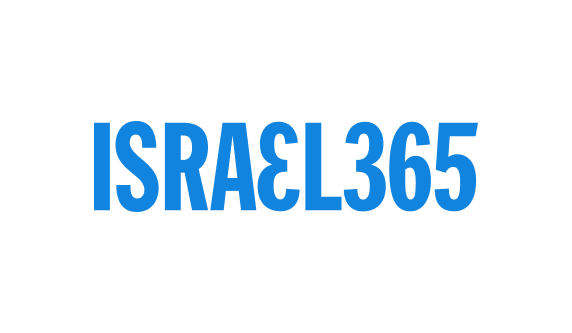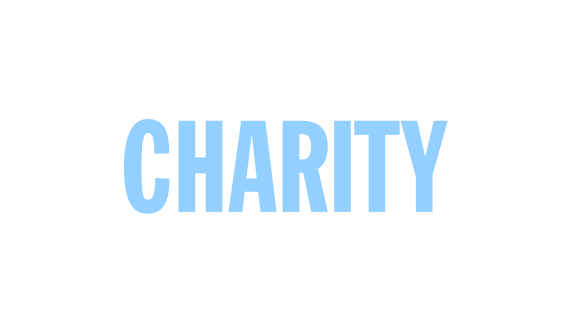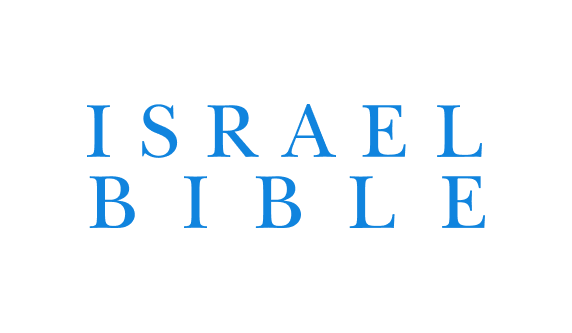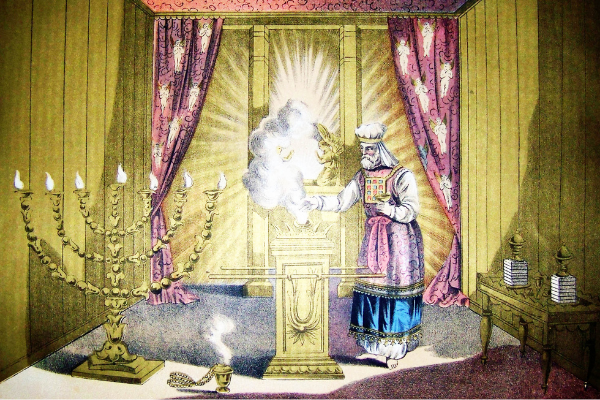
by Shira Schechter (Moderator) | f 8, 2022 | Israel, Temple, Tetzaveh
After instructing the Children of Israel about the priestly garments, God then describes the golden altar for offering incense. Similar to the Ark of the Covenant, the altar for the incense was made of acacia wood covered in gold. Rings were set in its corners and...
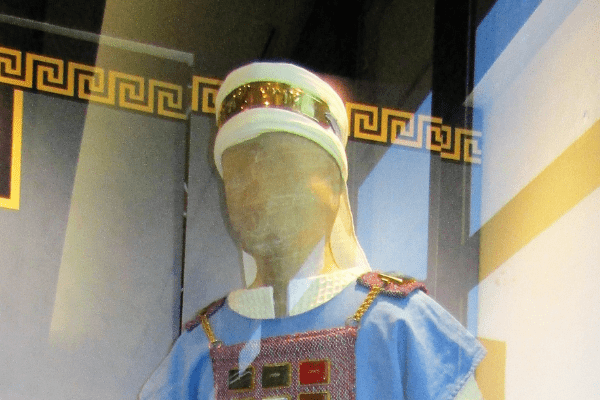
by Shira Schechter (Moderator) | f 7, 2022 | Temple, Tetzaveh
The Torah mandates eight garments for the Kohen Gadol (High Priest). Among them is the golden head-plate, or the tzitz (צִיץ), which was engraved with the words kodesh laHashem (קֹדֶשׁ לַיהֹוָה), ‘Holy to God.’ The word tzitz means ‘to blossom,’ or ‘a flower,’ and is...
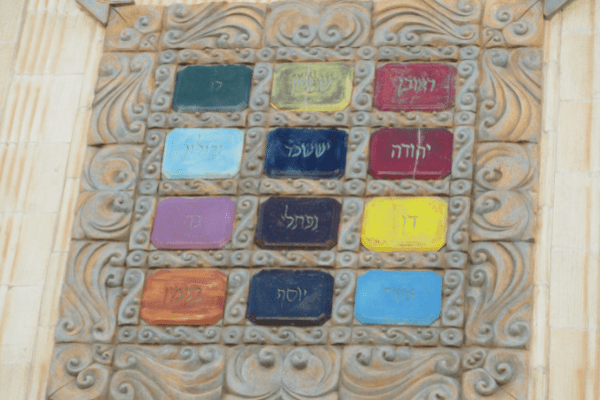
by Shira Schechter (Moderator) | f 7, 2022 | God, Holiness, Temple, Tetzaveh
Perhaps the most enigmatic element of the clothing of the High Priest was the breastplate, known in Hebrew as the choshen, which was attached to the ephod, or apron, of the High Priest. Made of cloth (wool dyed blue, purple, and crimson) that was woven with linen and...
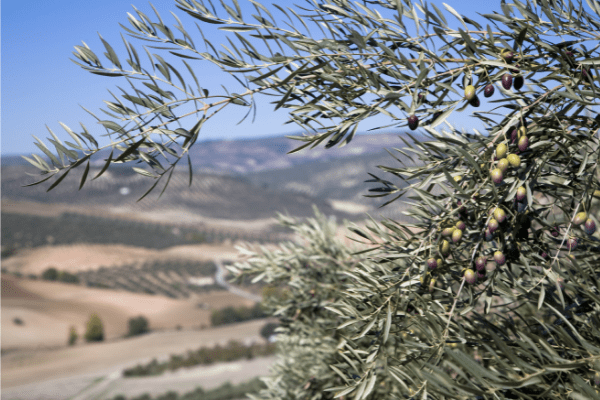
by Shira Schechter (Moderator) | f 6, 2022 | Hebrew Language, Messiah, Purity, Temple, Tetzaveh
The portion of Tetzaveh begins by telling the Children of Israel to bring pure olive oil for use in the Menorah in the Tabernacle (Exodus 27:20). For normal use, oil is extracted from olives by pressing, but the Torah specifies that in this case the olives are...
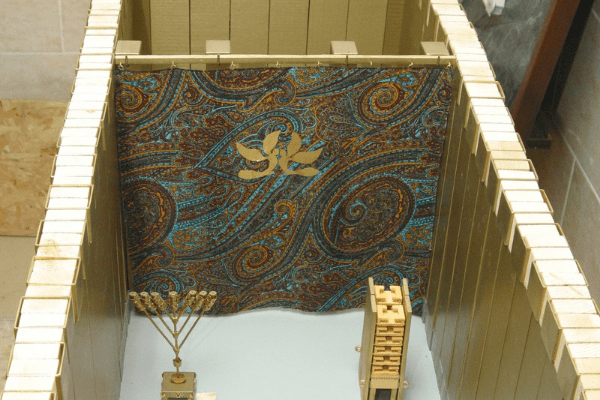
by Shira Schechter (Moderator) | f 2, 2022 | God, Holiness, Prayer, Temple, Terumah
In the Tabernacle, and later, in the Temples in Jerusalem, a curtain, called a parochet, separated the “Holy” from the “Holy of Holies.” The only person who passed through this curtain was the Kohen Gadol (high priest) on Yom Kippur, the Day of Atonement. In order to...






